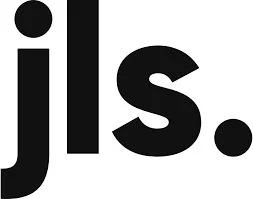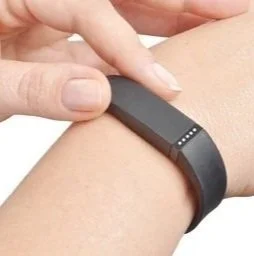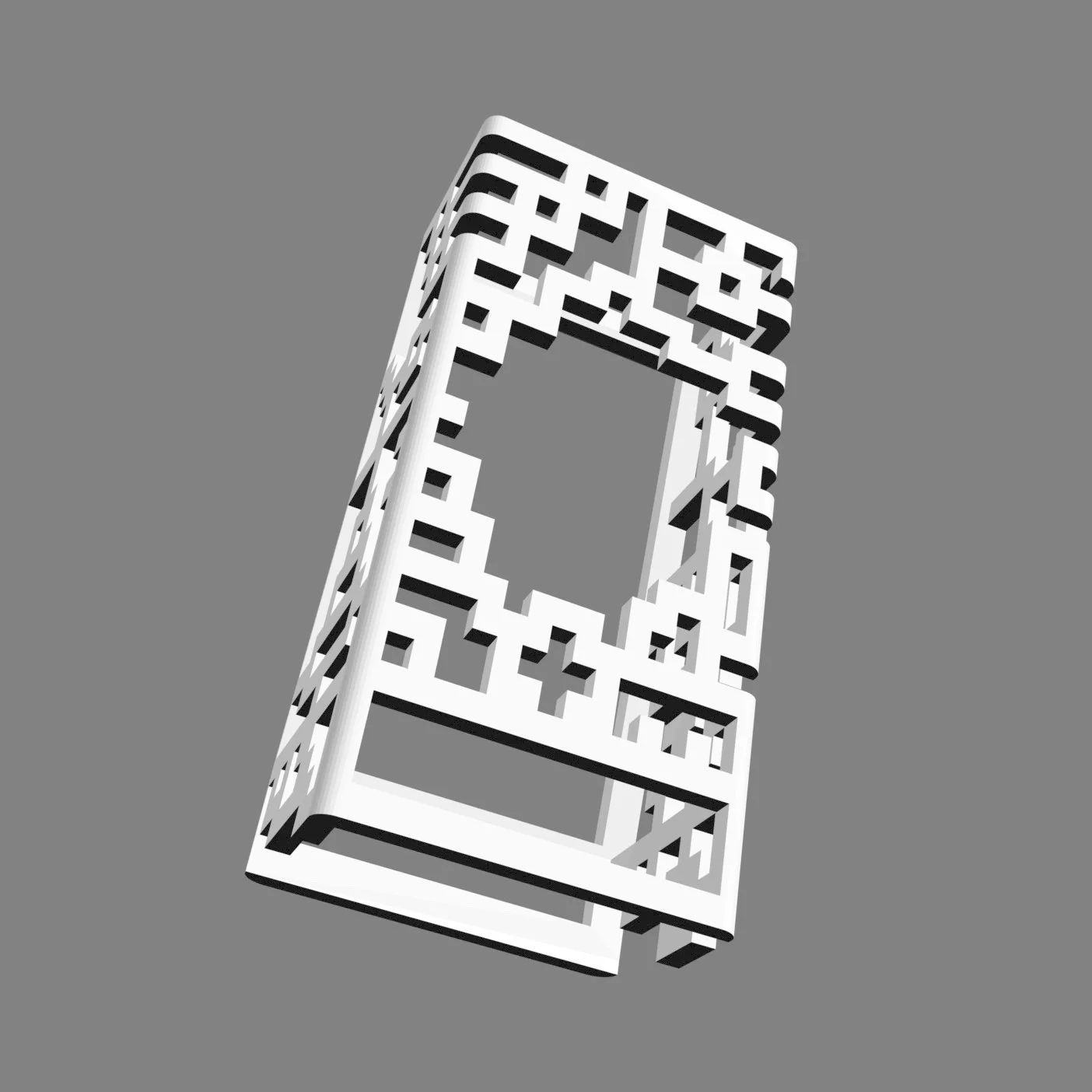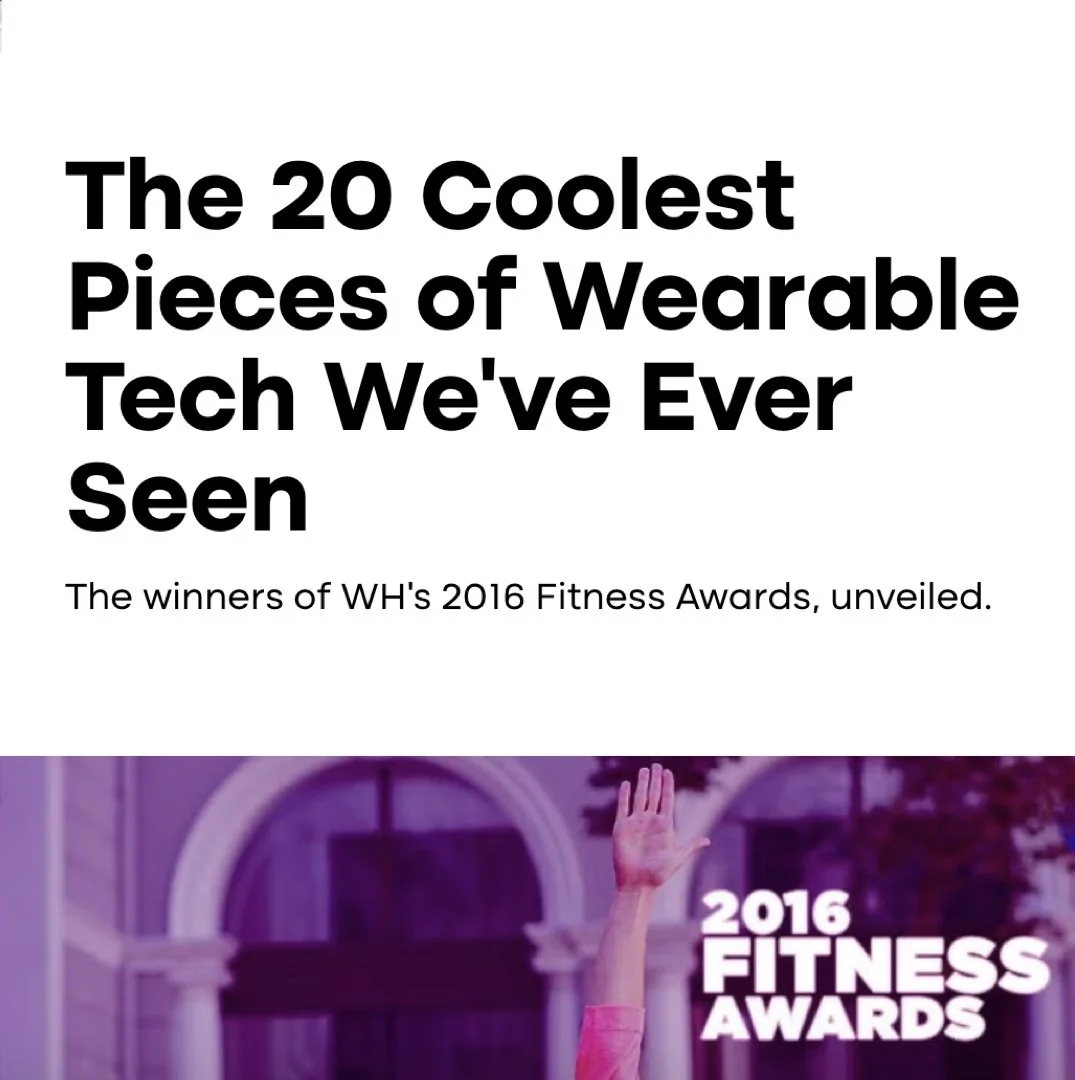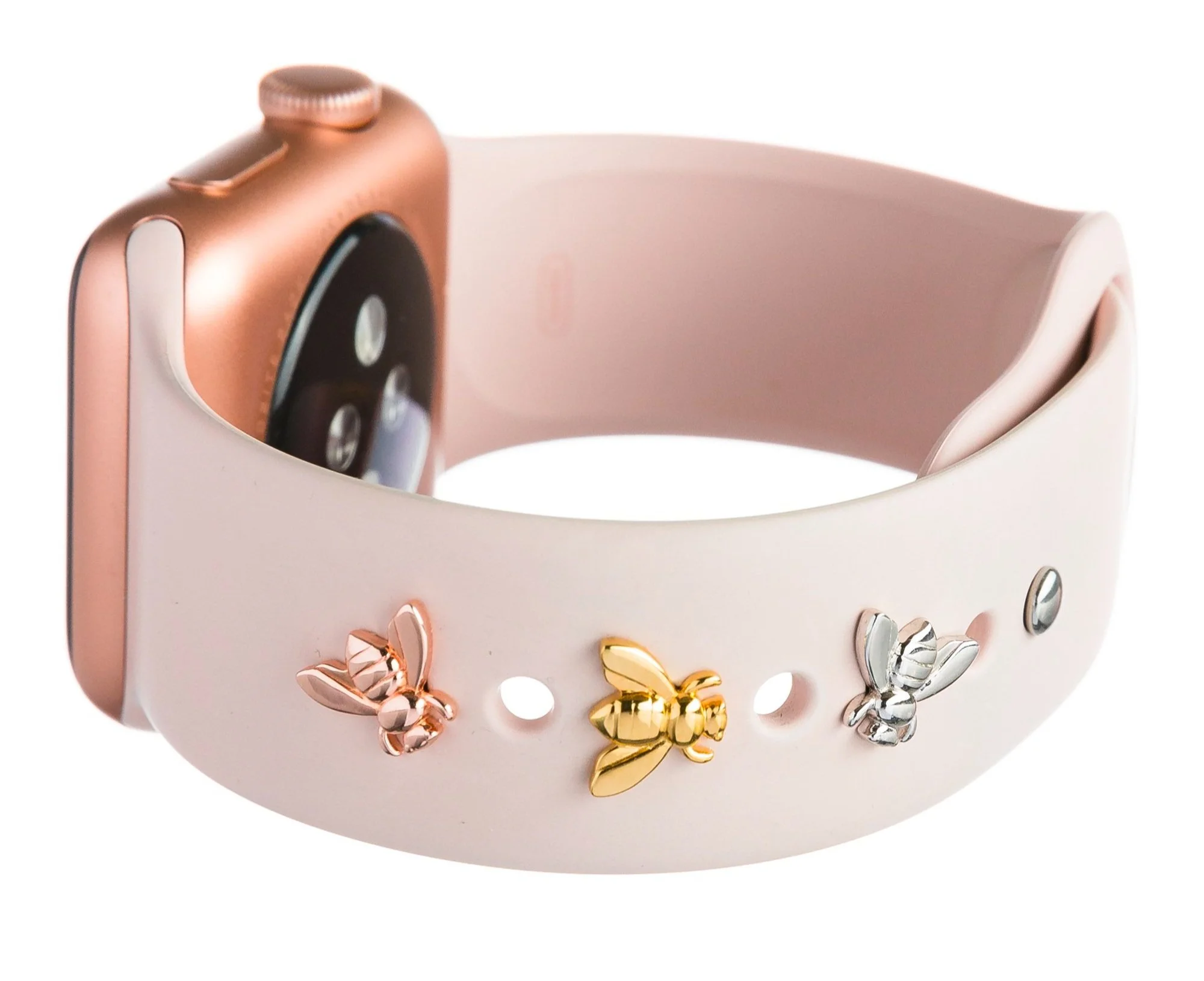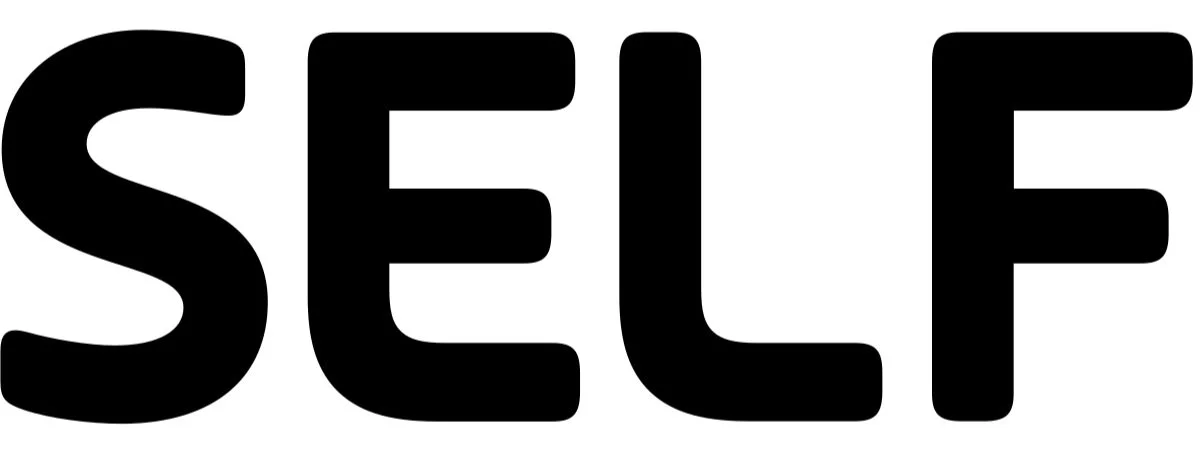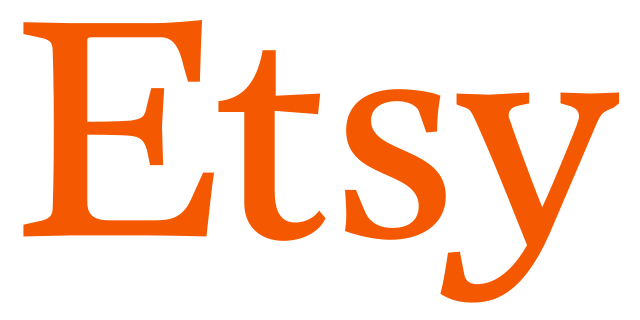I created the original smartwatch jewelry brand, enabling Apple Watch and Fitbit owners to customize their devices and express their style.
FOUNDER & CEO 2014-2024
CREATING A BUSINESS IN SIX MONTHS
After forgetting to take off my Fitbit Flex during a photoshoot, I realized I didn't want to have to sacrifice style to be able to track my steps. I wanted to make the black rubber band look less utilitarian and like something I'd want to wear.
Leveraging 3D printing, I quickly prototyped product ideas, tested them with consumers, iterated designs based on feedback, and validated that I wasn’t the only one who wanted to get fit—in style. I took bytten from concept to market in just six months, including designing and producing our first collection, building a lean team, a website, and a social media presence that launched the brand.
CAPTURING AN EMERGING MARKET
In 2014, when I founded bytten, three trends were converging: Fitbit Flex dominated 77% of the fitness tracker market, 3D printing was becoming accessible to entrepreneurs, and wearable tech was finally meeting fashion.
I saw this as a unique opportunity to position bytten at the intersection of all three movements, allowing us to capture the attention of diverse audiences: fashion, wearable tech, fitness and health, retail buyers from multiple industries, and even costume designers. They were eager to share bytten's story because it solved a fundamental problem: people love cutting-edge tech, but they also want it to reflect their personal style.
By moving quickly, I claimed this space before larger brands could pivot, establishing bytten as the original smartwatch jewelry brand.
The market response validated our positioning at the intersection of fitness, fashion, and wearable technology. Here are examples of early press recognition:
We were Invited to the premier of Startup Fashion Week, two months after launch, to showcase our first collection for Fitbit Flex.
SHAPE’s fitness editor posted this to Instagram after a deskside meeting to preview our launch collection:
“These adorable accessories by @getbytten transform your fitness tracker into a stylish, chic bracelet. Genius! #getbytten”
We won a 2016 Women’s Health Fitness Award, recognized as one of the year’s top 20 innovations in wearable tech.
“Brains, meet beauty. A smartwatch turns insta-chic when you slip on a set of these stacking rings.”
SCALING FROM 3D PRINTING TO MASS RETAIL
In our first year, retailers began approaching us for distribution—from airport stores to Canadian bookstores and telecom brands. Everyone was looking for accessories to sell with Fitbit devices. I was focused on expanding the product line, which was still 3D printed, and with no outside funding, I turned down most opportunities.
Then Target's wearable tech buyer contacted me, asking for product samples. This was different. Target is a familiar US brand, and the buyer was not just interested in selling our products, she offered special start-up terms to support the program. The challenge: she needed 80,000 units delivered to 1800 stores nationwide by September—just a few months away.
I saw this as a chance to scale our operations and expand our reach. I sourced manufacturing partners overseas, secured purchase order financing, navigated complex retail contracts, designed retail packaging, and established distributor relationships. We went from 3D printing individual pieces to traditional jewelry manufacturing at scale. We successfully launched in Target stores nationwide and Target.com, expanding from ecommerce-only distribution to a national retail presence in our first year.
After we launched our stacking rings for Apple Watch, Best Buy invited us to design an exclusive collection for Mother's Day, bringing customizable, elegant jewelry to a tech-savvy audience.
PROBLEM
Six months after launch, Target approached us about designing a collection for the holiday season. We had no experience in mass retail, no manufacturing partner, and not enough time. Our 3D-printed jewelry couldn’t scale to an 80,000 unit order for 1,800 stores and Target.com—and we had just a few months to make it happen.
SOLUTION
Through sheer determination, serendipity, and grit, we got it done. We found a manufacturer willing to take a chance on us, a packaging partner who bent timelines to meet our deadlines, and a distributor to handle retail logistics. It was a crash course in mass production, pricing, compliance, and retail operations—significantly expanding our capabilities beyond e-commerce.
RESULTS
Delivered 80,000+ units of Fitbit jewelry to Target in six months
Generated national press coverage and expanded DTC visibility
Designed an exclusive collection of Apple Watch jewelry for Best Buy
Laid the foundation for mass retail operations
Achieved 20x growth in our first year
CUSTOMER-DRIVEN COMPETITIVE ADVANTAGE
Listening to our customers led to some of our best ideas. I personally responded to customer messages as often as I could—not just because I wanted to understand who they are, why they buy, and what matters to them, but because they consistently shared insights I wouldn’t have discovered otherwise. We also asked for input on new product ideas through polls on social media and by reaching out directly. Their responses helped shape our product roadmap and led to some of our most successful styles. This systematic approach to customer and market intelligence informed our innovation strategy and helped us stay on top of competitive dynamics.
This customer-centric approach not only drove product innovation, it created an experience that turned buyers into loyal customers. The result: award-winning products, a 32% repeat purchase rate, and relationships that competitors couldn't replicate even when they copied our designs.
“I am interested in the mini stack - I was curious if you'd be willing to stack up something that is comparable, but that offers more on the rose or bling side” —Julie
Julie’s request—and many like it—inspired a collection that lets customers mix and match gold, silver, rose gold, and black rhodium styles to create their own custom stack.
“I’d love to have something pretty that matched my jewelry to feed into the Watch strap hole…” —Sarah
Sarah’s idea led to our bestselling collection of Apple Watch charms.
PROBLEM
From the beginning there were copycats popping up here and there. During COVID it became easier to discover what products were trending. By early 2022, the market had become much more competitive and exact copies of our designs, photography, and branding began appearing on marketplaces including Etsy, Amazon, eBay, and wholesale sites such as Alibaba. We needed to find a way to stay ahead of this competitive threat with limited R&D resources.
SOLUTION
We developed a strategy using our IP to try to fight back but quickly realized that the time and resource drain was taking us away from what we do best and I love most—designing and creating products. So we redirected our energy to talking to our customers and tracking the market—using social media polls, direct feedback, and competitive analysis to shape our product strategy and stay ahead through innovation rather than litigation.
RESULTS
Designed award-winning products
Deepened customer relationships
Earned 32% repeat purchase rate
Awarded recognition from Etsy as a top 0.5% seller
Achieved 600% YOY growth driven by bestselling co-created products
select press & awards
Recognition from Etsy leadership and 3,000+ reviews praising quality and customer service:
“Of over 5.2 million Etsy sellers, bytten is one of the 0.5% to earn a Star Seller badge for six consecutive months.”
—Etsy Chief Product Officer
“Beautiful, delicate, and fits perfectly on my band. I cannot express enough how amazing the customer service is with Bytten. Will definitely be shopping with them again.” —Josnelly
“Hands down the best shopping experience I have had on Etsy with the best quality items. I have purchased from this store five times already and will buy again. Totally obsessed.” —Cindy
